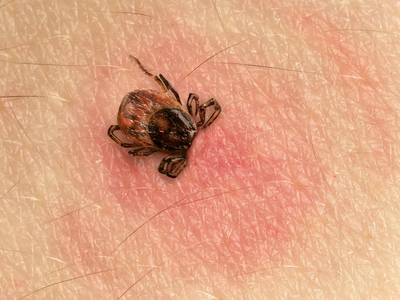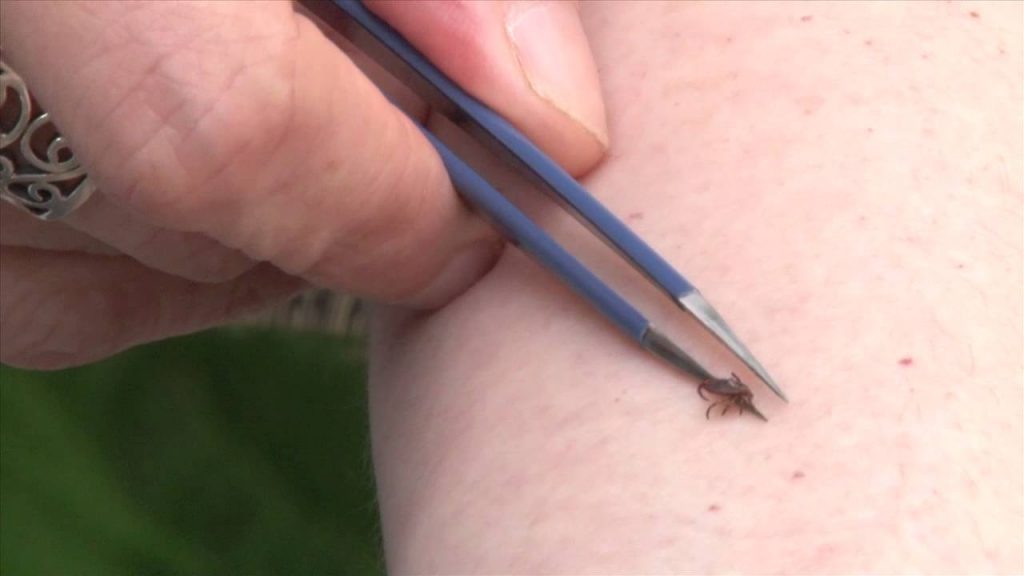Here Are The Facts About Tick Bites And What You Can Do About Them
These tiny bugs may seem too small to cause any major harm. However, the tick, found in the family of arachnids, is one parasite you want to avoid by all means. The fact is, they would be nothing to worry about if they didn’t bite. Moreover, it might have been a different story if all they did was bite and fly away – like the mosquito. However, these parasites are like vampires. They dig their way into your skin (or your pet’s) and suck till they can have no more. The worst part is, the longer they are lodged in the skin, the greater the risk they pose. Find out all about this pest below.
The Bite
Cruel is the best way to describe it. No, the tick has no ounce of mercy on its host. In fact, its mouthparts are horrifying, to say the least. Read on to see how it does its thing.
When a tick wants to bite, it starts by gently coursing its chelicerae over the skin of its host (at about 0:25 in the video). Each one ends in a tooth that’s tapered to an especially sharp point, which scrapes and punctures the skin with very little force. This also releases smells and other chemical information that the tick can weigh up.
Now, it’s time to break in (1:35 in the video). The chelicerae start to flex their tips. At first, they take turns; eventually they move together. With each sweep, the teeth snag on the host’s flesh and bury the chelicerae even deeper into the skin. After 30 of these movements, the entire tips are firmly embedded.
The tick then contracts both of its chelicerae while flexing both tips, like it’s doing a nightmarish version of a breaststoke (2:20 in the video). The motion drives the rigid, sword-like hypostome into the skin, and the backwards-facing spines keep locked in place. The chelicerae relax and extend, before flexing and retracting again. Each stroke ratchets the hypostome deeper and deeper. After six of them, it’s completely buried and the tick starts to feed. Read more at National Geographic…
Clearly, you don’t want to be on the receiving end of those mouthparts!
Identifying Tick Bites

As horrendous as that biting process sounds, the interesting thing is that it is painless. So, unless you check for it, you’re highly likely to miss a tick bite altogether. So, how can you identify one?
Because ticks are often very small, you might not see it either. At first, it might just look like a fleck of dirt. As it feeds though, it swells up and can be easier to find.
You might get a small red bump where the tick bites you. Some people’s bodies react to ticks with 1 to 2 inches of redness around the bite. That red area won’t get any bigger, unless it’s really a rash, which is a sign of disease.
Ticks typically bite people in warm, moist, or hairy areas, like the:
- Scalp
- Skin behind the ear
- Armpit
- Groin
- Skin between your fingers and toes
Once a tick finds a place to feed, it will stay there anywhere from a few days to 2 weeks. Ticks bite once and use that site to feed on your blood until they’re full. Read more at WebMD…
Look out for those warm spots where ticks are likely to enjoy biting you. The redness is an indicator of a tick “attack”. But all is not lost, you can do something once you detect a tick bite.
Dealing with a tick bite

For the best results, you need to act promptly. How, you may ask? You have to remove the tick from the place where it has burrowed its head. Here are tips on how best to eliminate it and treat the area where you have been bitten.
First, don’t panic. If you find one attached to your skin, remove the tick as quickly as possible using a set of fine-tipped tweezers. Grab the tick as closely to the surface of your skin as possible, and pull upward with steady, even pressure. If mouth-parts are left in the skin, try your best to remove them, but if not just let your skin heal normally, says the CDC. Then, make sure to clean the bite area with soap and water or alcohol. Read more at Prevention…
You might want to consider taking the sealed tick to the authorities. This helps in monitoring the tick species and detecting if there is a reason to take extra precautions.
Even so, the best way to deal with ticks is to ensure they have no access to your family members or pets. How can you do this? By calling in the tick control experts. At Backyard Bug Patrol, we have a trustworthy barrier spray program that ensures ticks are dead on contact. We treat your yard deep into the foliage where they like to hide. Trust us with your family’s welfare. We’ll surpass your expectations. Call us today!
